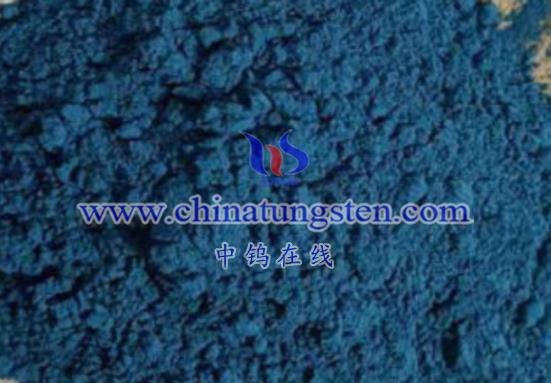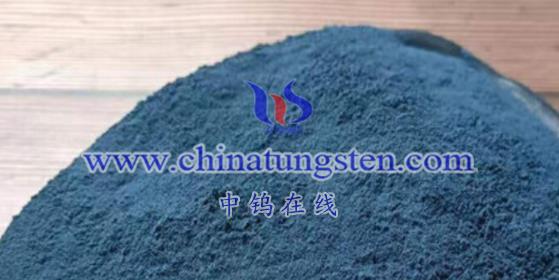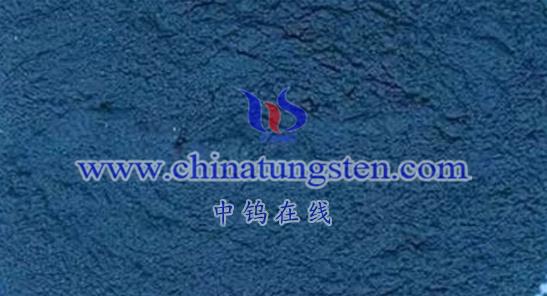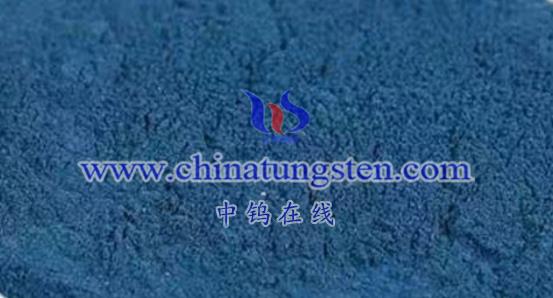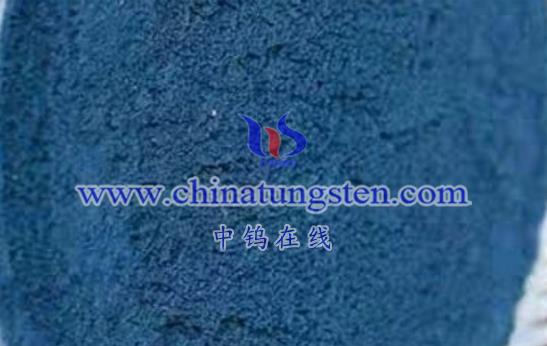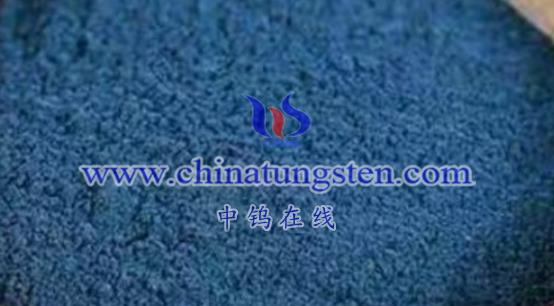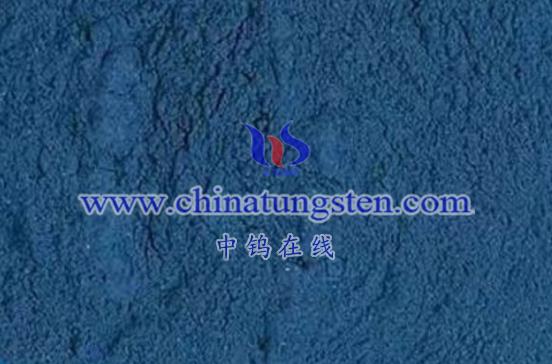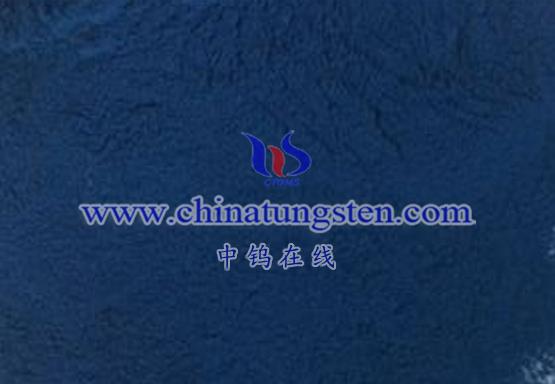
A tungsten trioxide (WO₃) molecular sieve catalyst is a composite catalyst that combines the properties of tungsten trioxide and molecular sieves.
Basic Properties of Tungsten Trioxide (WO₃)
Tungsten trioxide (WO₃) is an important inorganic compound composed of tungsten and oxygen, with the chemical formula WO₃. It is a yellow solid that occurs naturally as a mineral and can also be synthesized chemically. WO₃ is known for its excellent catalytic properties, electrochromic performance, and sensitivity to various gases.
Catalytic Properties of WO₃
WO₃ exhibits high catalytic activity and can catalyze various chemical reactions, such as desulfurization and redox reactions. It finds broad applications in fields such as petroleum processing, wastewater treatment, and the treatment of volatile organic compounds (VOCs). The stability and repeatability of its catalytic performance make it an ideal catalyst material.
Definition of Molecular Sieve Catalysts
A molecular sieve is an inorganic material with a uniform microporous structure. Its pore size is comparable to the size of molecules, allowing it to selectively filter molecules based on size and shape. When used as a catalyst, the active sites within the molecular sieve can catalyze specific chemical reactions.
Characteristics of Molecular Sieve Catalysts
Molecular sieve catalysts have a high specific surface area, uniform pore size distribution, and adjustable surface properties, which make them highly active and selective in catalytic reactions.
WO₃ Molecular Sieve Catalyst
A WO₃ molecular sieve catalyst is formed by loading WO₃ onto a molecular sieve or combining the two materials in a way that creates a catalyst with composite functions. This results in a catalyst that benefits from both the catalytic activity of WO₃ and the filtering ability of the molecular sieve.
Preparation Methods for WO₃ Molecular Sieve Catalysts
Methods for preparing WO₃ molecular sieve catalysts include physical mixing, impregnation, and chemical vapor deposition, among others. These methods help disperse WO₃ particles evenly within the pores or on the surface of the molecular sieve.
Performance Advantages of WO₃ Molecular Sieve Catalysts
By combining the catalytic activity of WO₃ and the selective filtering properties of the molecular sieve, this composite catalyst can potentially demonstrate higher activity and selectivity in catalytic reactions. Additionally, the pore structure of the molecular sieve can positively influence the diffusion and transport of reactant molecules, thereby enhancing catalytic efficiency. However, the performance and applications of WO₃ molecular sieve catalysts depend on specific preparation methods, composition, and the conditions in which they are used.
In summary, WO₃ molecular sieve catalysts hold great promise for enhancing reaction efficiency across various industrial applications due to their composite nature and synergistic properties.
More details of tungsten oxide product, please visit website: tungsten-oxide.com
Please contact CHINATUNGSTEN for inquiry and order of tungsten oxide:
Email: sales@chinatungsten.com
Tel.: 86 592 5129595
